The woman who has helped the U.S. Environmental Protection Agency review and monitor state oil and gas drilling policies warned that New York is seriously lacking oversight and is long overdue an assessment.
Speaking Tuesday at the Museum of the Earth, with the skeleton of giant prehistoric creature looming above her head, Wilma Subra said now is the time for the state to take a hard look at its current and future drilling policies, with the specter of large-scale hydrofracking of natural gas reserves in the Marcellus Shale looming over its head.
Subra, a chemistry expert and recipient of the MacArthur Fellowship Genius Award for her work as a community organizer, has gone into several states to assess oil and gas exploration policies as a member of the EPA National Environmental Justice Advisory Council. New York was last assessed in 1994, she said.
"We need to go in and do another review because this is the only oversight we have," she said.
Around 60 people crowded into the museum, most of them furiously scribbling in notebooks as they were bombarded with information.
Horizontal hydro-fracking - pumping a mixture of high-pressure water, sand and chemicals deep into the ground to fracture shale and capture the natural gas there - continues in Pennsylvania and elsewhere, but has paused in New York while the DEC writes a supplement to its environmental impact statement on gas drilling.
Subra warned of depletion of water aquifers, the contamination of groundwater, soil and air with potentially toxic materials, the possibility of radioactive scaling in drill wells and pipes and the inability of local wastewater treatment facilities to dispose of the amount of waste involved in large-scale drilling. She also noted that other formerly drilled, uncapped wells in the area could pose serious risks if fracking fluids find their way into them as they could then easily flow into the groundwater supply.
Wes Gillingham, of event organizers Catskill Mountainkeeper, also showed aerial photos of a rural Pennsylvania drilling site that confirmed many of their fears - drilling sites and gravel pits popping up in a seemingly random pattern alongside houses, farms and churches; pipelines and access roads zigzagging across the landscape; holding ponds overflowing its potentially chemically contaminated waste water; and dozens of large freight trucks lined up in fields.
Subra urged those gathered to educate themselves and get involved, and pointed out that citizen outcry in her native Louisiana successfully led to the phasing out of drilling pits in favor of a more environmentally sound "closed-loop system."
"You have a large amount of work ahead of you," she added.
DEMAND ACCOUNTABILITY!
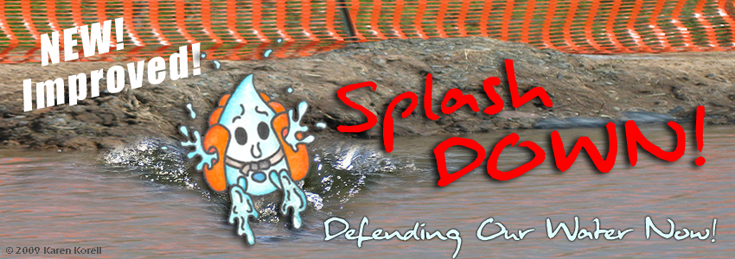



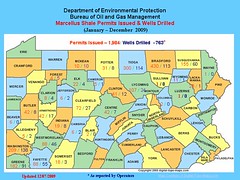

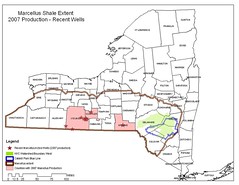

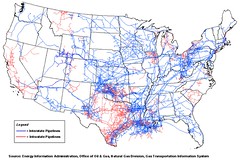
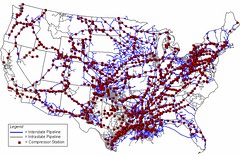









No comments:
Post a Comment